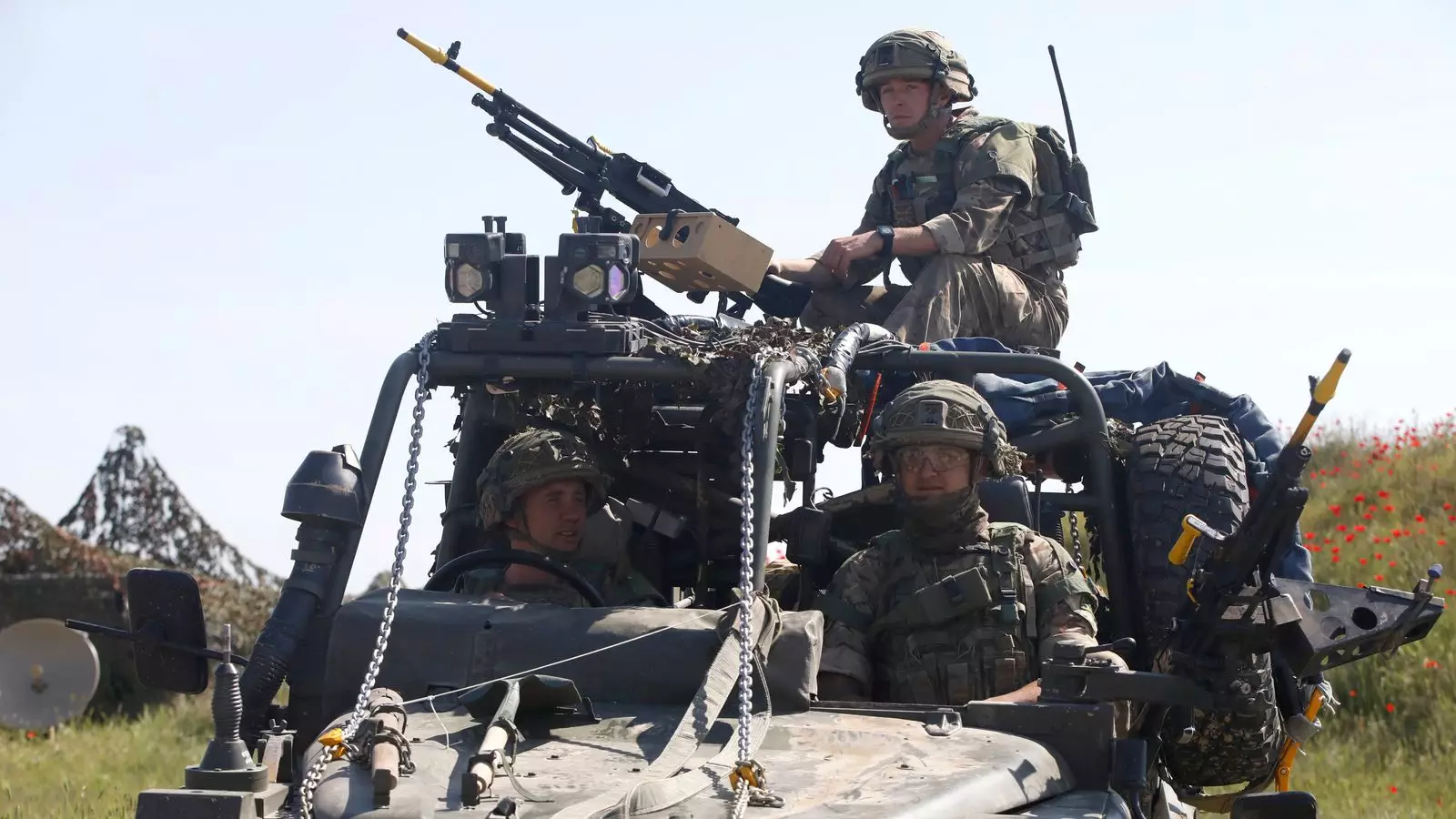The current geopolitical climate surrounding Ukraine is fraught with tension and uncertainty. As discussions around a potential ceasefire with Russia gain traction, Western officials are contemplating the deployment of European troops to several key locations in Ukraine, including cities, ports, and critical infrastructure sites like nuclear power plants. This article delves into the multifaceted nature of this potential military engagement, assessing its implications for regional stability, the challenges it presents, and the broader ramifications on international relations.
Unlike traditional peacekeeping missions that are often positioned directly on the frontlines, the proposed deployment of troops would emphasize a “reassurance” strategy. Such a force, potentially limited to around 30,000 personnel, aims to provide a psychological buffer for Ukrainian citizens and facilitate the return of the millions who have fled their homes due to ongoing hostilities. Crucially, these troops would not act as peacekeepers, thereby avoiding direct confrontations with Russian forces. Instead, their primary role would revolve around safeguarding urban centers and essential national infrastructure, fostering a sense of stability and security amidst the backdrop of a post-conflict landscape.
This approach marks a significant departure from traditional military responses, paving the way for innovative methods of peace enforcement. Alongside conventional ground personnel, modern military assets such as drones, satellite imagery, and air surveillance could play pivotal roles in bolstering Ukraine’s defenses without engaging in direct conflict.
In addition to securing land-based assets, the proposal includes a robust air policing mission, which could involve fast jets stationed outside of Ukraine. This operational model mirrors practices already in place in the Baltic states, aimed at ensuring air sovereignty and facilitating the reopening of civilian air traffic—an essential step for the country’s economic recovery.
Maritime security is equally crucial in this equation. The possibility of deploying warships to the Black Sea underscores the necessity for establishing safe and navigable waters for commercial traffic, particularly as demining operations become imperative to reclaim the sea lanes. With President Volodymyr Zelenskyy advocating for international partnerships, especially with the UK’s Royal Navy and Nordic nations, a unified maritime strategy may emerge as a cornerstone for Ukraine’s post-war recovery.
An integral aspect of any European-led military deployment hinges on the involvement of the United States, which has traditionally held a pivotal role in maintaining global security dynamics. The concept of a US “backstop,” as articulated by officials like Sir Keir Starmer, pertains to a reassuring American military presence that could deter any potential resurgence of Russian aggression.
However, the current political landscape in the U.S. complicates these discussions. With figures like Donald Trump remaining ambiguous regarding support for future military operations in Ukraine, and defense officials ruling out U.S. troop deployment, the collective Western strategy is rendered precarious. The dependency on American involvement for any meaningful deterrent effect may hamper European allies’ ability to act decisively.
Amid these unfolding military logistics, Ukraine appears to be facing an uphill battle to forge its own security guarantees. President Zelenskyy’s assertion that a substantial international security force would be necessary encapsulates the urgency of the nation’s plight. However, discussions have also hinted at a self-reliant strategy, wherein Ukraine would strive to build its own formidable military presence, potentially with a target of one million personnel. Such plans would demand significant financing and resources, emphasizing the complex interplay between international support and domestic capability-building.
The prospect of acquiring advanced defense systems, such as the U.S. Patriot missile system, further illustrates Ukraine’s strategic pivot towards self-sufficiency in its defense paradigm. This nuanced approach positions Ukraine at a crossroads—while global partnerships remain essential, the idea of cultivating an independent defense posture may define the future of the nation.
As conversations continue and the situation evolves, the prospect of a European troop deployment in Ukraine opens new avenues for diplomatic dialogue, redefined military strategies, and enduring implications for regional stability. The path ahead may be fraught with challenges, but it also holds potential for reshaping the security architecture of Europe in a post-conflict context.

